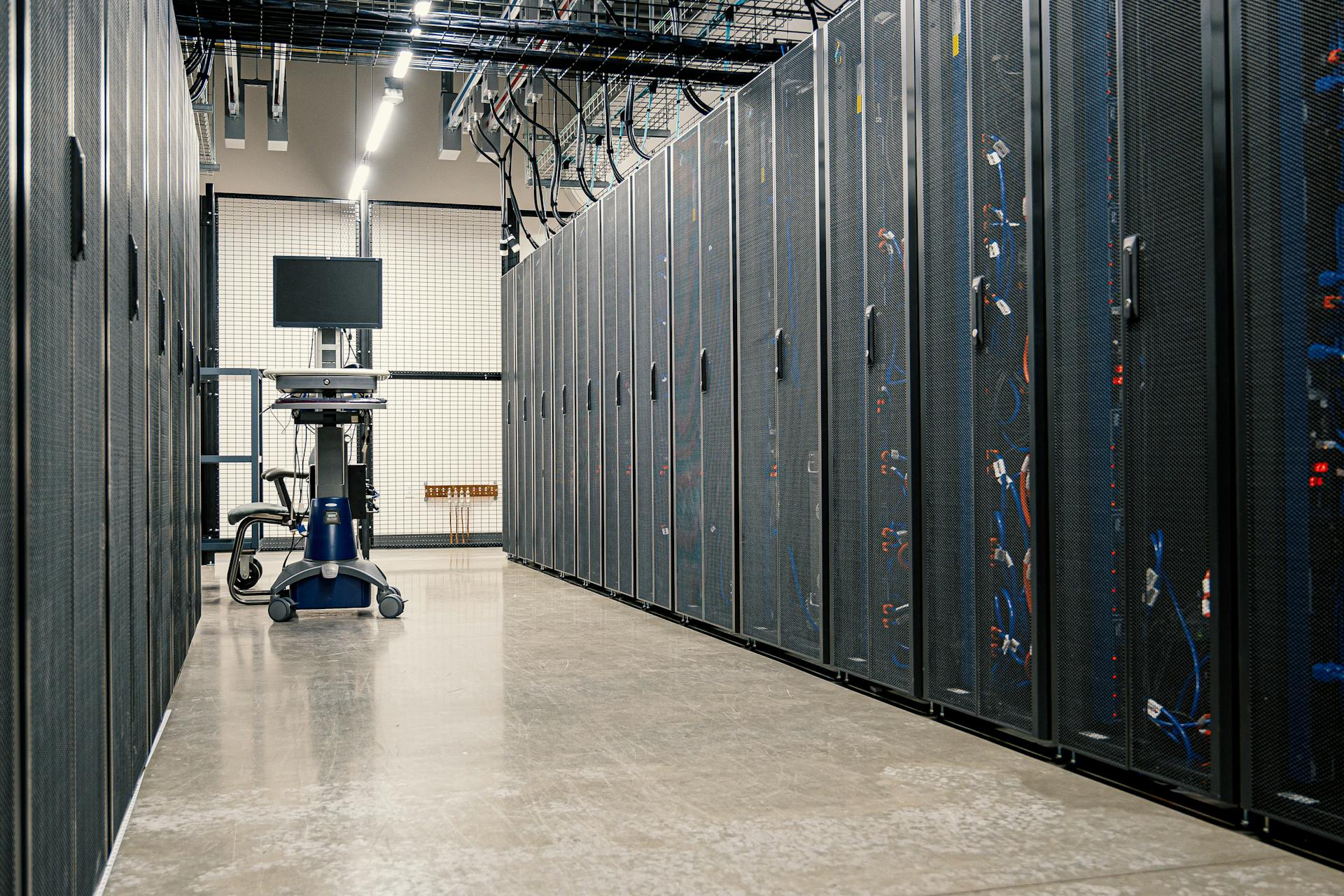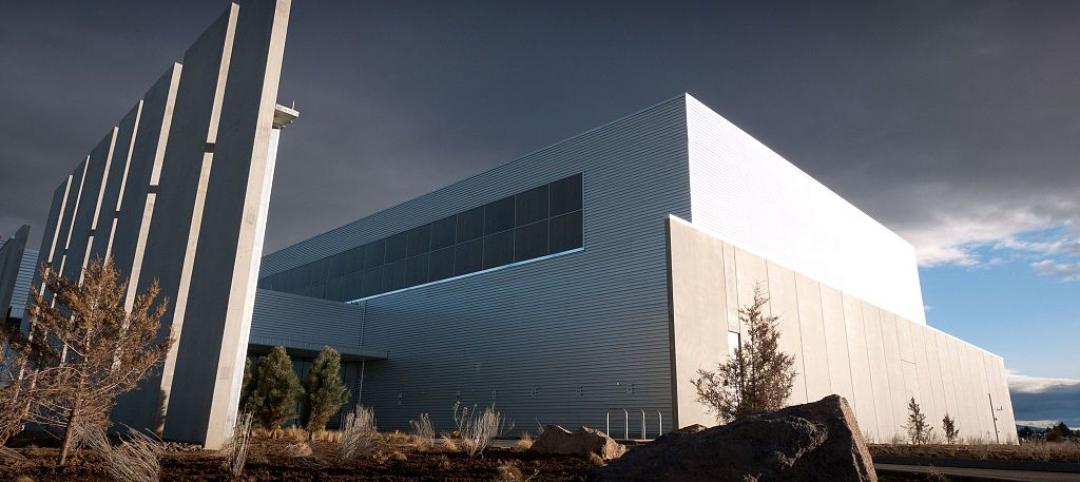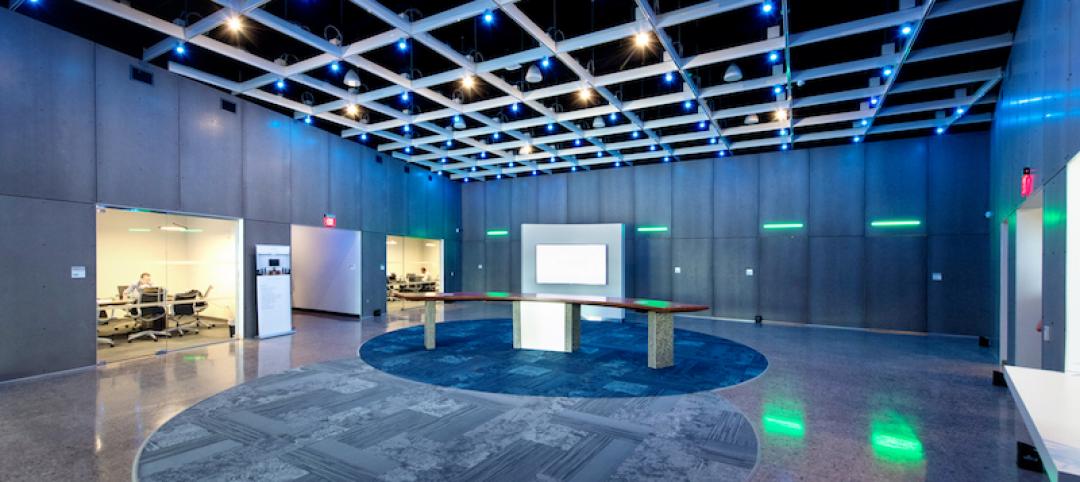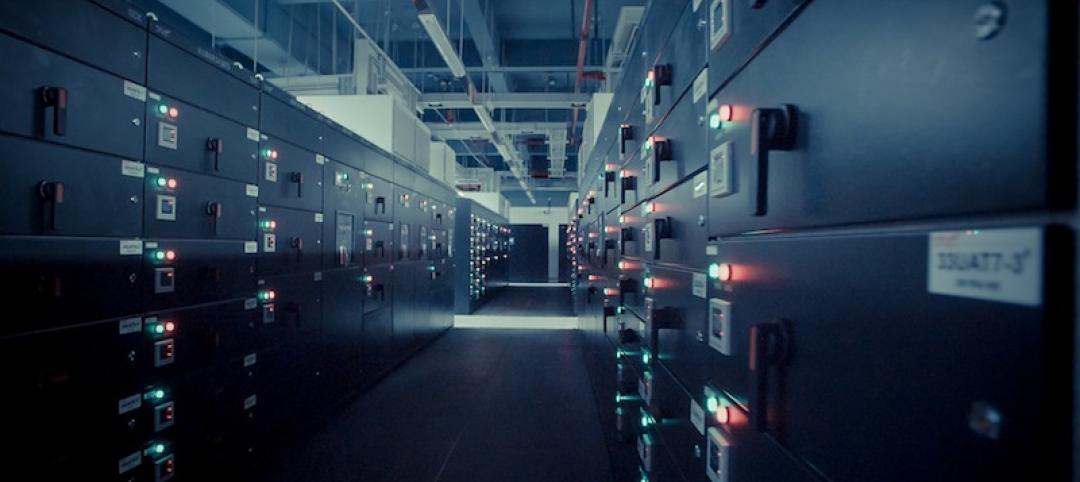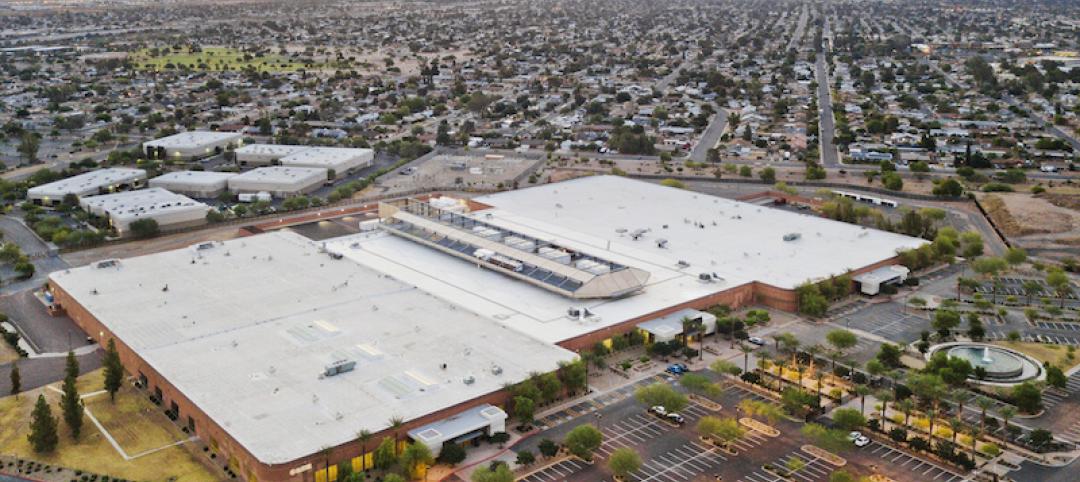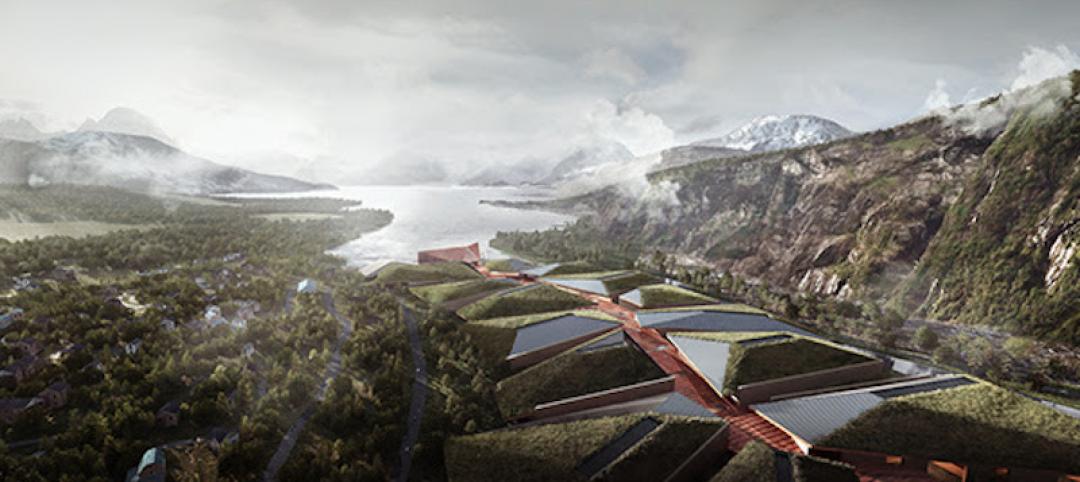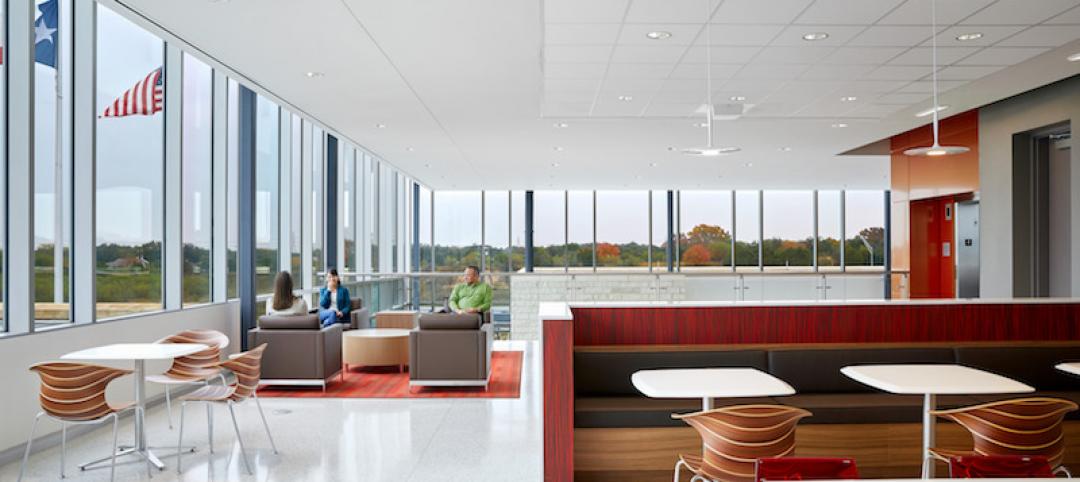A projected surge in data-dependent technologies, including the Internet of Things (IoT) and generative artificial intelligence (AI), globally will require substantial IT infrastructure support provided by edge data centers. Analysis by global real estate consulting firm JLL (NYSE: JLL) predicts edge IT infrastructure and data centers will become a $317 billion market globally by 2026, representing a 107% growth from the 2020 market valued at $153 billion.
JLL defines an edge data center as a facility that brings computing power closer to where the data is generated or consumed. Globally, the growth of edge computing will be influenced by the not only the emergence several technology-based megatrends but also the need for faster data transfer and high computation, as well as factors such as policies and regulations. From an infrastructural standpoint, organizations rely on edge data centers to process and analyze data in real-time at the edge of the network, facilitating faster decision-making and more efficient operations.
The rise of edge IT infrastructure focused on data centers will mirror the growth of IoT devices, which JLL analysis projects will expand at a compound annual growth rate (CAGR) of 9.8% over the next five years. JLL’s analysis of a 2023 survey1 of data center professionals cited the requirement for low latency and high bandwidth (41%) was the most important driver for edge data center deployments, followed closely by data security and privacy (38.3%).
Consumers and enterprises demanding improved products and services like low latency, high computing, generative AI and omnipresence will likely ensure that the cloud environment and future of edge data centers remain healthy with the opportunities observed. In addition, Asia Pacific (APAC) and the Middle East North Africa (MENA) regions, which hold significant growth potential due to rising internet and mobile penetration among the rural population, will further support opportunities in the addressable edge data center market. In the United States, 21% of data center development is happening in edge geographies.
“Consumers and corporations will continue to adapt to transformational technologies within daily life and without the distribution of data processing and storage across various locations, cutting edge efficiencies and solutions like IoT and generative AI will not transition to mainstream acceptance,” said Jonathan Kinsey, EMEA Lead and Global Chair, Data Centre Solutions, JLL. “Edge data centers will be essential to ensure both seamless business operations in the future economy while also improving security measures and protecting against potential disruptions. By lowering latency by bringing the computing infrastructure closer to the data source and user, edge IT infrastructure will become an essential component in the international economy.”
JLL analysis concludes that enterprises typically use a combination of different data center types, including on-premises, colocation, cloud and edge, when deploying their IT infrastructure, depending on user needs. However, the continual growth in data and connected devices has driven the need for increased storage, computing and network capabilities closer to the end points of use and created a need for edge computing and associated data centers.
The size of the edge computing market can be measured in different ways. JLL’s estimate of a $317 billion total addressable market comprises the complete IT infrastructure, colocation revenue, colocation supply and cloud services revenue, all specifically at the edge. From the IT infrastructure lens, the edge computing market consists of all the IT hardware, including storage, computing and networking equipment that enable the delivery of digital services at the furthest points of a network.
Learn more in JLL’s The Enduring Significance of Edge Data Centers report.
1 Source: DatacenterDynamics, Enterprise Edge Adoption Trends Survey Report, 2023.
Related Stories
Data Centers | Feb 22, 2018
Demand for ‘hyperscale’ data centers continues to grow; U.S. leads the way
The number of so-called “hyperscale” data centers worldwide surpassed 390 at the end of 2017, with 69 more facilities in the works, according to Synergy Research Group.
Giants 400 | Oct 16, 2017
Data center market forecast: Clearly cloudy
Look for mission-critical construction to double in the next few years.
Data Centers | Oct 13, 2017
Top 35 data center construction firms
Turner Construction Co., Holder Construction, and DPR Constrcution top BD+C’s ranking of the nation’s largest data center sector contractors and construction management firms, as reported in the 2017 Giants 300 Report.
Giants 400 | Oct 12, 2017
Top 30 data center engineering firms
Syska Hennessy Group, AECOM, and Morrison Hershfield top BD+C’s ranking of the nation’s largest data center sector engineering and EA firms, as reported in the 2017 Giants 300 Report.
Giants 400 | Oct 11, 2017
Top 25 data center architecture firms
Jacobs, Corgan, and Gensler top BD+C’s ranking of the nation’s largest data center sector architecture and AE firms, as reported in the 2017 Giants 300 Report.
Data Centers | Aug 28, 2017
Do AEC firms have the wattage to meet the demands of a charged-up data center sector?
As construction and leasing surge, one big contractor worries about his industry’s talent shortage.
Data Centers | Aug 16, 2017
The world’s largest data center is being built 140 miles north of the Arctic Circle
The 600,000-sm facility will be on a secure property surrounded by a moat.
Healthcare Facilities | Jul 25, 2017
Healthcare technology: Preparing for the world of tomorrow
This article outlines the current data center landscape in the healthcare sector, industry trends, and challenges and opportunities new technologies present to the healthcare space.
Data Centers | Jul 21, 2017
Operational wellness was an objective for a new 911 call center near San Antonio
The Operations Center consolidates activities that previously were being handled at 25 locations.
Data Centers | Oct 14, 2016
Where data centers meet design
As technology continues to evolve, we have to simultaneously adapt and help our clients think beyond the short term, writes Gensler's Martin Gollwitzer.


